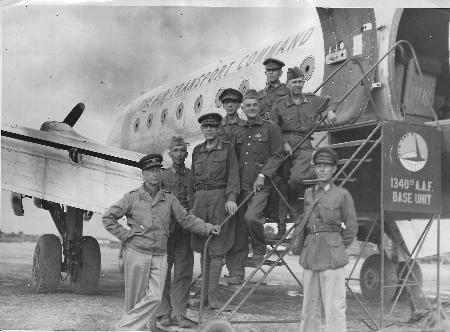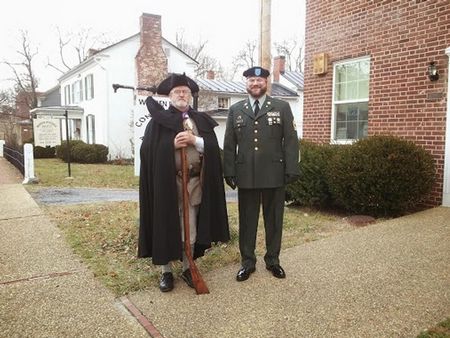ABOUT Royal engineers
- Ancient Origins: The Royal Engineers (RE) trace their origins back to the Norman Conquest of 1066, with military engineers serving the Crown for centuries before the corps was formally established.
- Official Formation: The Corps of Royal Engineers was officially formed in 1716, making it one of the oldest regiments in the British Army.
- Sappers and Miners: Members of the Royal Engineers are often called "Sappers," a term derived from the French word "saper," meaning to dig trenches or undermine walls during sieges.
- Victoria Crosses: The Royal Engineers have been awarded more Victoria Crosses (V.C.s) than any other British Army corps, reflecting their bravery and significant role in combat.
- Role in D-Day: On D-Day (6 June 1944), the Royal Engineers played a crucial role by clearing obstacles from the beaches, building bridges, and ensuring the rapid movement of troops inland.
- Modern Innovations: The Royal Engineers were pioneers in the use of military technology, such as the Bailey bridge during World War II, which revolutionized mobile bridge construction.
- Cambridge and Chatham: The Royal School of Military Engineering was established at Chatham in 1812, becoming a centre for innovation and training in military engineering.
- Sporting Pioneers: The Royal Engineers Association Football Club played in the first-ever FA Cup final in 1872 and are credited with introducing the "passing game" to football.
- Global Operations: The Royal Engineers have served in almost every major British military campaign, from the Napoleonic Wars to Afghanistan, providing engineering, bomb disposal, and infrastructure support.
- Motto and Spirit: The Corps' motto, Ubique ("Everywhere"), reflects their omnipresence on battlefields and their versatile, can-do spirit.





